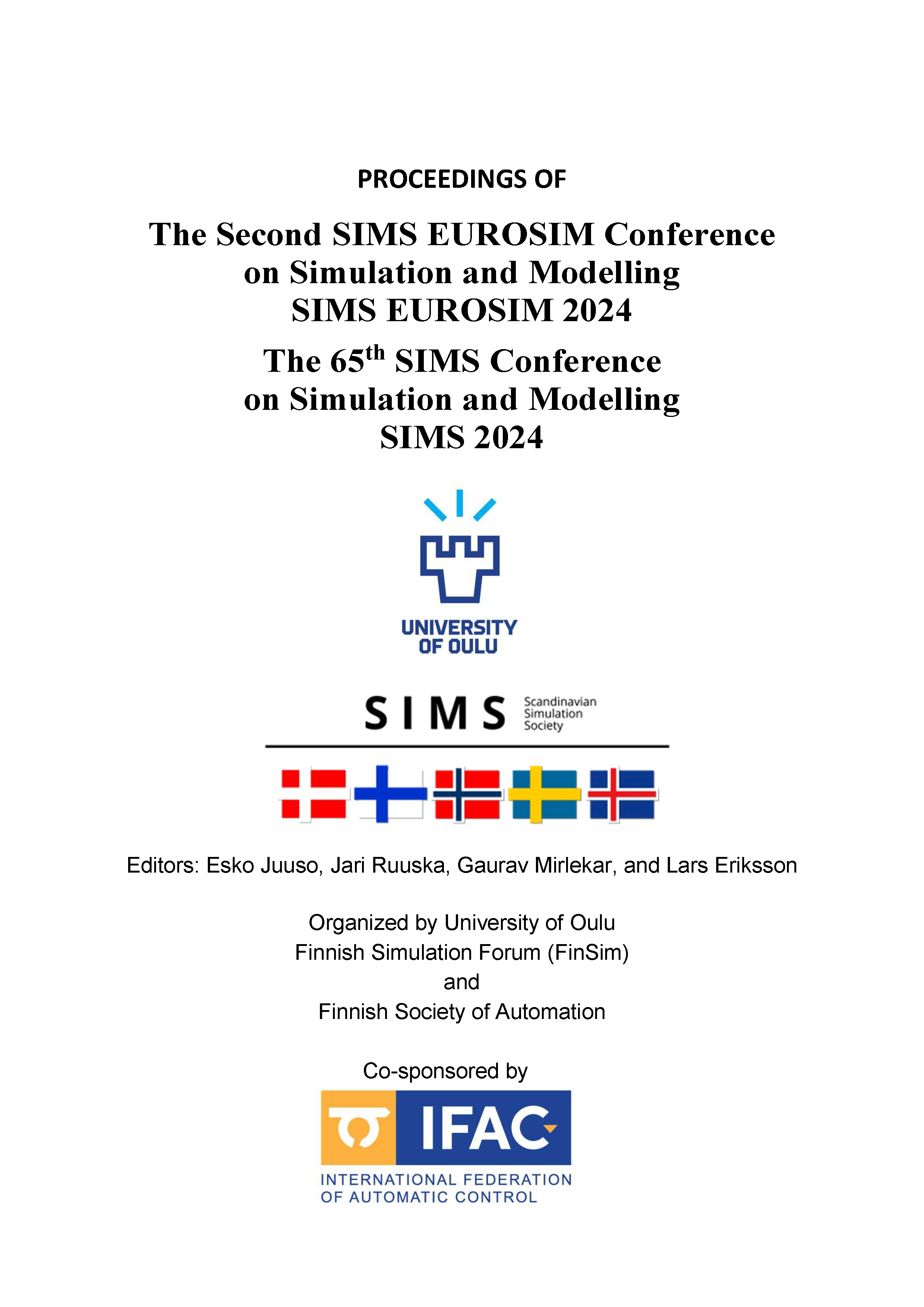Comparison of ML and ASM models for effluent nutrient estimation in the Hias Process
DOI:
https://doi.org/10.3384/ecp212.034Keywords:
water resource recovery facility, activated sludge model, support vector regression, long short-term memory networkAbstract
The aim of this article is to develop and compare machine learning (ML) methods with activated sludge models (ASM) for estimation of effluent nutrients in the Hias Process. The Hias Process is a novel moving bed bioreactor with enhanced biological phosphorus removal and simultaneous nitrification and denitrification (MBBR-EBPR-SND). As the main energy cost of the nutrient removal process is aeration, it is necessary to design of energy-efficient control strategies that ensure compliance with legal requirements for nutrient removal in real-time while optimizing the aeration rates. The first step in control strategy design is development of models that represent the main process dynamics.The case study data set of four months was collected from a 192 000 PE municipal MBBR process at Hias water resource recovery facility in Norway. The online measurements include used water flowrate, aeration rates, dissolved oxygen, suspended solids, and soluble nutrients PO4, COD, NO2 and NO3. Reduced ASM model, support vector regression (SVR) and long short-term memory neural network (LSTM), with and without dynamic time-delay, were developed to predict the effluent PO4 in the Hias process. The model prediction accuracies were compared using correlation coefficients and trend figures. The SVR model with fine gaussian kernel gave best results with strong R index of 0.9. The LSTM model reached a sufficient R index of 0.6 and the reduced ASM2d model a weak R index of 0.2. Including the dynamic time-delay improved the model accuracy. Models with dynamic time-delay will be developed further for energy-efficient control strategy development.Downloads
Published
2025-01-13
Issue
Section
Papers
License
Copyright (c) 2025 Tiina M. Komulainen, Malik Baqeri, Katrine Marsteng Jansen, Arvind Keprate

This work is licensed under a Creative Commons Attribution 4.0 International License.

